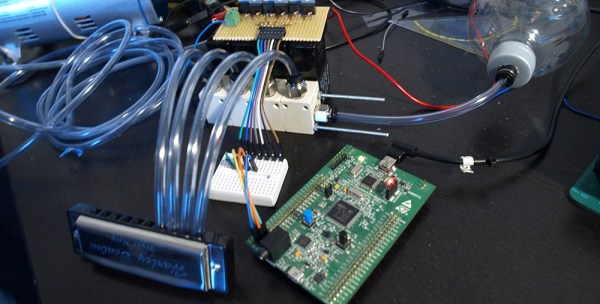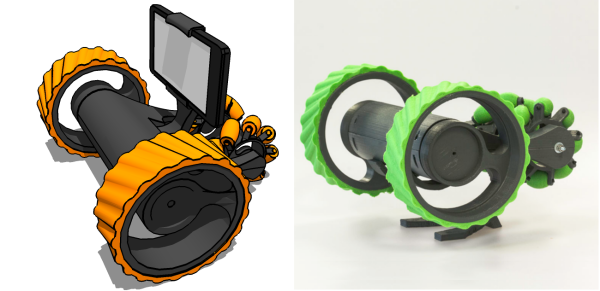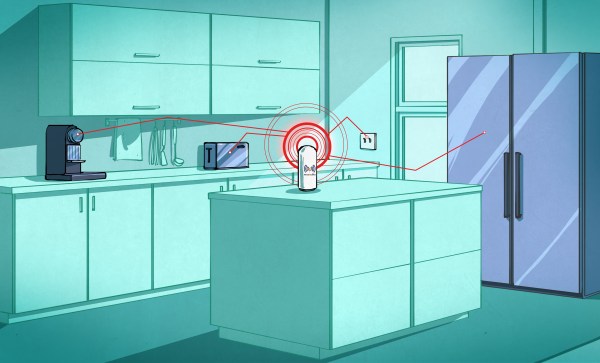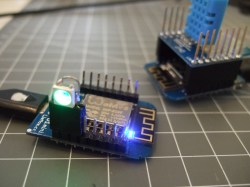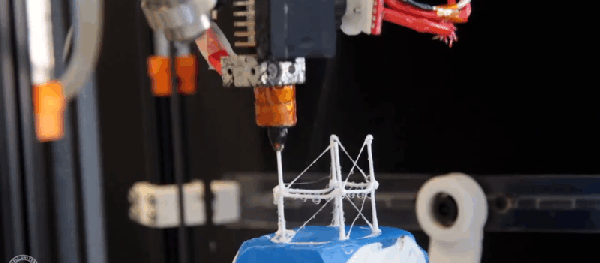Watch enough How It’s Made, and you’ll soon become very enthusiastic about computer vision and compressed air. In factories all around the world, production lines automatically sort the wheat from the chaff by running a product underneath a camera and blowing defective product off the line.
For his Hackaday Prize entry, [Fabien] is attempting this same task. He’s building a machine that will rapidly sort candy with computer vision and precisely controlled jets of air. He’s also planning for the Van Halen reunion and building a CNC harmonica.
Right now, the design has a hopper full of M&Ms dropping through a channel where a camera looks at each individual piece of candy. A Raspberry Pi, camera, and OpenMV detect all the red, yellow, brown, and blue M&Ms, and send that information to a computer controlling a suite of pneumatic valves. When these valves open, candy of different colors is shuffled off into it’s own bin. It’s the perfect device for someone responsible for reading Van Halen’s rider.
In an interesting little side project, [Fabien] needed a way to test the pneumatic valves before building the color sensor and candy chute. He had a harmonica lying around, and built something we’re surprised we’ve never seen before. It’s a CNC harmonica, capable of belting out a few tunes. You can check out that testing video after the break.
Continue reading “Hackaday Prize Entry: Harmonicas, Candy, And Van Halen”

